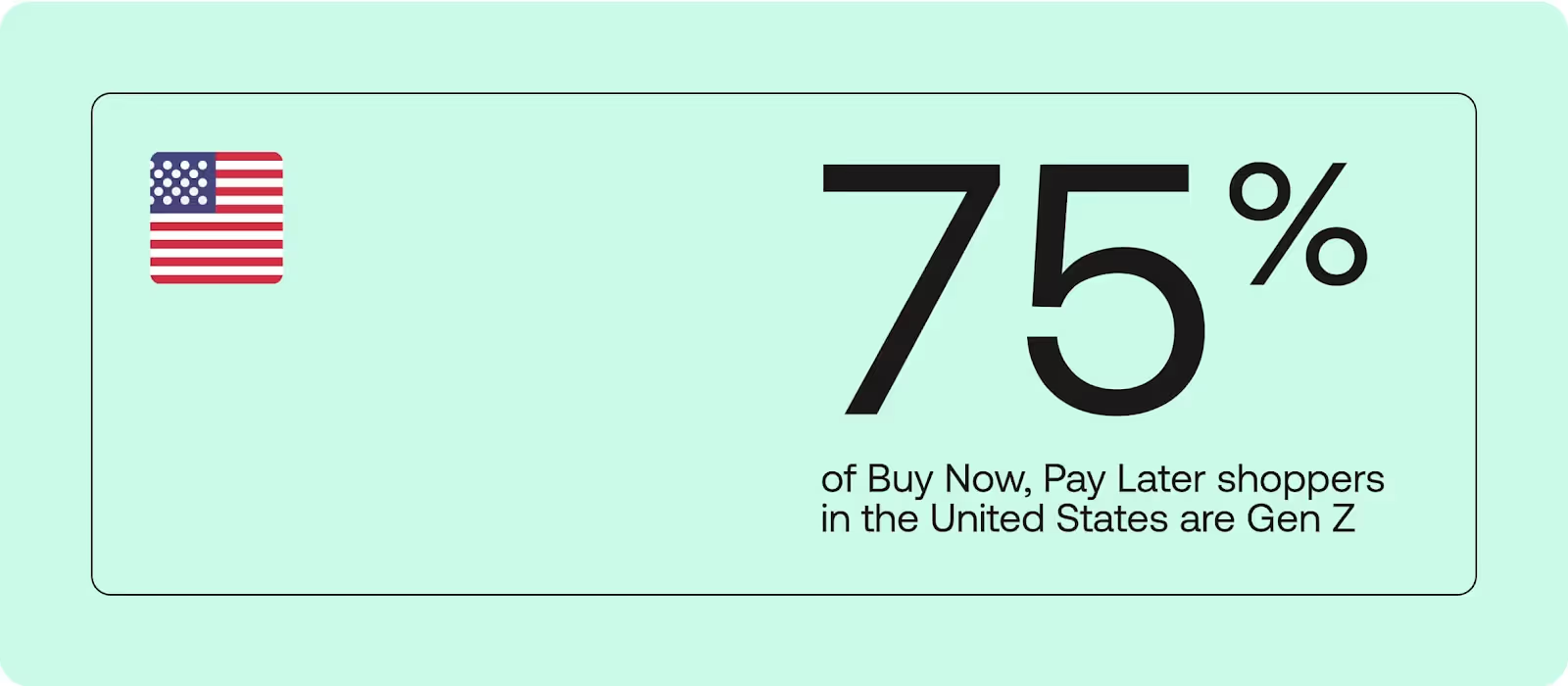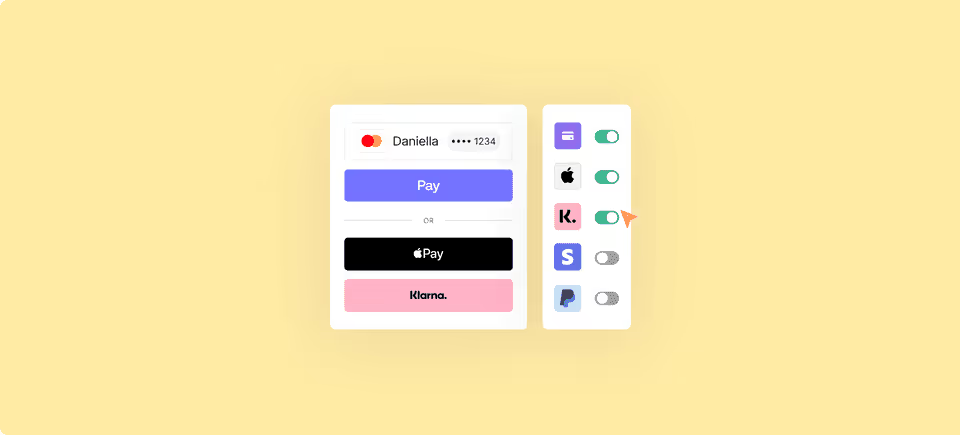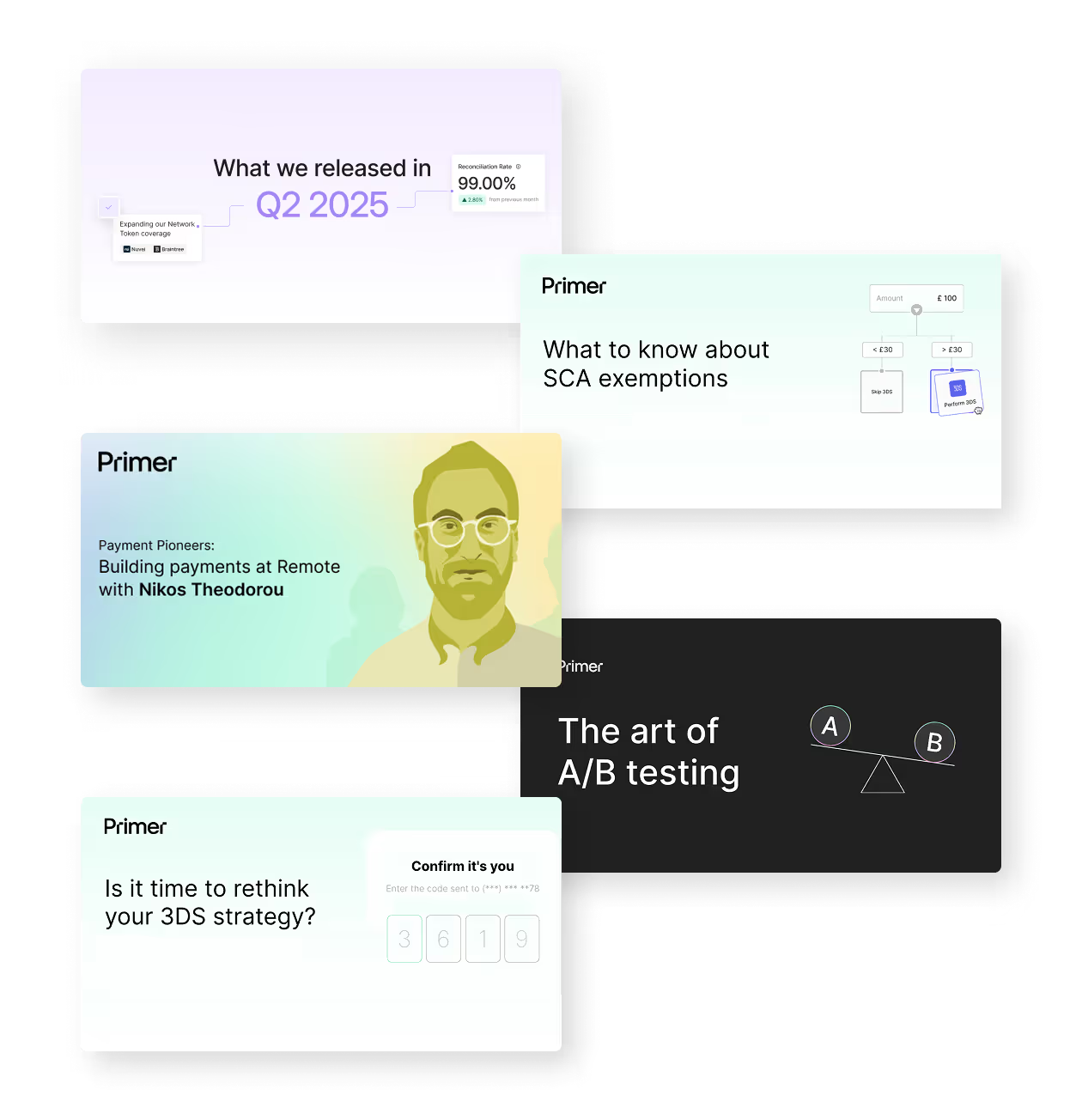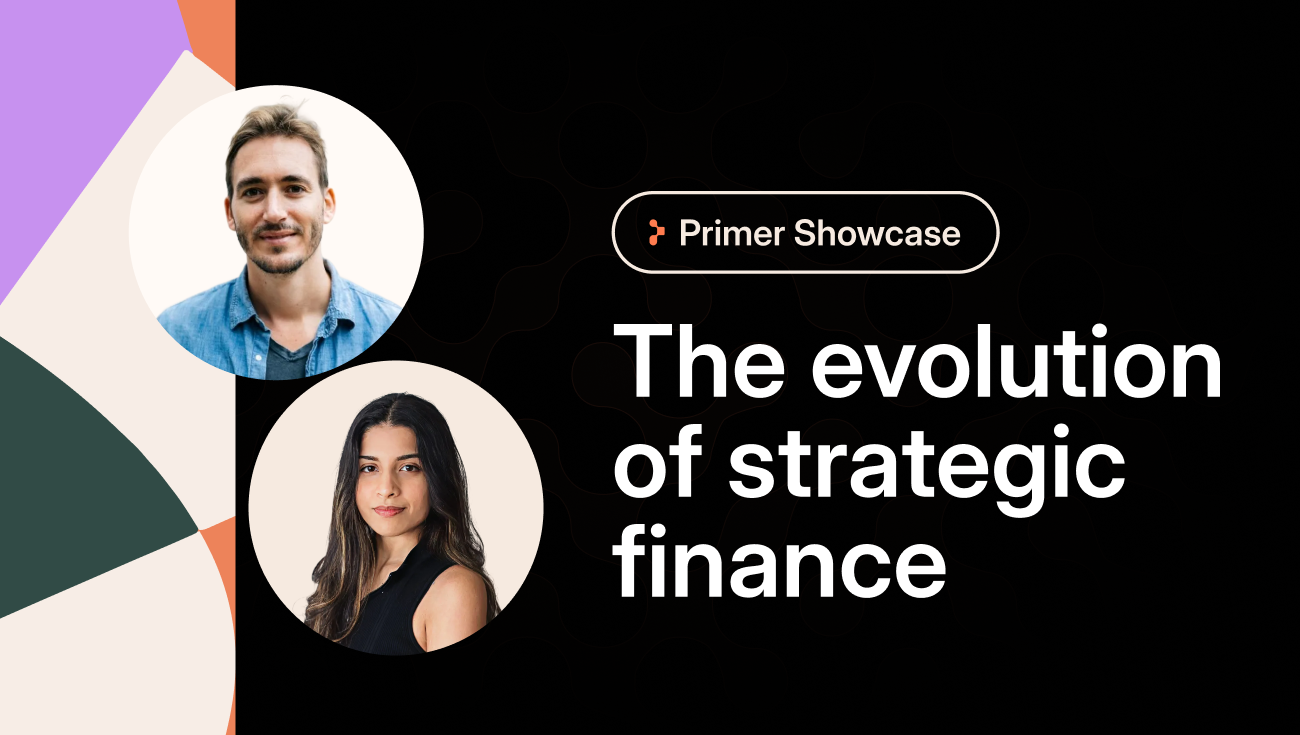Buy Now Pay Later (BNPL) is one of the world’s fastest-growing alternative payment methods (APMs).
In the U.S. alone, the BNPL sector is expected to grow from USD $109 billion to over $184 billion by the end of 2030.
It’s easy to see why. BNPL gives customers a more flexible way to pay, making it easier to buy high-ticket items or spread out everyday spending. For merchants, that often means bigger baskets, more conversions, and fewer abandoned carts.
But adding BNPL isn’t always straightforward. You might be weighing up concerns like:
- The engineering lift required to integrate new providers and update your checkout
- The higher merchant fees compared with other payment methods (2-8% versus 1-3% traditionally charged by credit card issuers)
- Cash flow problems due to delayed payments from BNPL providers
- Losing control of the checkout experience when customers are redirected to third-party flows
The good news? You don’t have to take on these challenges alone. With payment orchestration, you can integrate and manage BNPL providers with a few clicks and make it part of a smarter, more flexible payment strategy.
This article will look at the current state-of-play with BNPL, where it may go in the future, and how to easily integrate and manage BNPL.
Ready to add new payment methods like BNPL with just a few clicks? Book a call with Primer.
What is BNPL?
Buy Now, Pay Later is a short-term financing option that lets customers pay for their purchases in installments, usually with a default of four payments. It’s offered as an alternative payment method at checkout, where customers can select it just as easily as they would pay with a credit card.
The BNPL provider pays the full amount to the merchant upfront, then collects payments from the customer every two weeks, either by charging their card or withdrawing from their account.
Most BNPL plans don’t charge interest for the basic “pay-in-four” model. Some providers also offer longer-term options with smaller monthly payments, usually with a small interest fee.
Why should you offer BNPL at checkout
The value of using BNPL at the checkout for consumers is clear. It lets customers defer or split the cost into monthly interest-free instalments. 71% of customers said they used or would use BNPL payments to preserve or manage their cash flows.
The case for merchants is just as strong. Adding BNPL to your checkout isn’t just about offering more choice. It’s a proven way to drive business outcomes:
- At checkout, BNPL can boost conversions by 20% to 30% and increase average order value (AoV) by at least 20%.
- It can also increase revenue by 14%, and is particularly effective at increasing conversion rates for larger transactions ($500-$1000).
- At least 13% of all customers will abandon their carts when they don’t see their preferred payment method, and not offering BNPL can cost you as many as 43% of customers who regularly use this service.
BNPL also helps merchants attract younger shoppers and break into high-adoption markets like Australia, Scandinavia, and Southeast Asia, where BNPL is often expected at checkout.
Given its extensive adoption, most merchants should offer BNPL to remain competitive. However, despite the apparent benefits, many brands, both large and small, have yet to embrace it.
Get Primer's Ultimate Guide to Alternative Payment Methods.

Tracking growth: Who’s using BNPL and why
Retail was BNPL’s original use case, and it’s still where it drives the most impact. For online shoppers, BNPL removes a key barrier: it lets them get the product first, then pay later. That’s especially impactful in sectors like fashion, where concerns about fit, size, or quality often stop people from buying.
Shoppers also use BNPL to stretch their spending power. It allows them to buy what they want, without hitting their credit limits. Many turn to BNPL to avoid FOMO, make the most of seasonal sales, or spread out larger purchases.
Read more: Meet your customers’ payment preferences.

Recently, BNPL has expanded its reach beyond retail, becoming common in verticals like food delivery, healthcare, travel, and even services like car servicing and repair.
The demographics of BNPL users are also transforming:
- Overall, there are now 380 million BNPL users worldwide, which is expected to reach 670 million by 2028.
- Among Gen Z users, BNPL surpassed credit cards for holiday spending at the end of 2024.
- 64% of Millennials have used BNPL at least once
- That’s also true for 49% of Gen Xers and 28% of Boomers
- Consumers who use BNPL are more likely to report lower financial wellbeing.
- BNPL is most popular among adults without a bachelor’s degree, Black and Hispanic adults, and women.
Notably, BNPL is considered non-discriminatory, allowing nearly anyone to use it with only a soft credit check (or none at all). However, using BNPL can impact a consumer's credit score, and some BNPL providers may lower BNPL spending limits for higher-risk users.
Read more about payment trends: Navigating the future of payments
What’s next for BNPL?
There are more than 200 Buy Now Pay Later providers globally, and competition continues to intensify. Companies like Klarna, Afterpay, Affirm, and Zip lead the pack worldwide. All four boast millions of users, with Klarna leading both by the number of consumers (93+ million) and retailers using its services (675K+).
There is also a thriving regional BNPL scheme, with specialist providers thriving in their respective markets. These include:
- Tamara and Tabby in the Middle East
- PayLater by Grab in Singapore
- Flipkart in India.
Big banks and established payment processors like JPMorgan Chase and PayPal are also dipping their toes in the BNPL market, with PayPal once dominating over 68% of the U.S. BNPL market share.
Like many alternative payment methods, BNPL is still evolving.
Here are three trends that will be important in shaping the ecosystem in 2025 and beyond:
1) Regulators are considering tighter consumer protection
BNPL has largely fallen outside typical credit regulations for most of its lifetime. But that’s likely to change, and already has in some regions. Many legislators are concerned that consumers are becoming over-reliant on BNPL, incurring late fees and racking up bad debt.
In the US, the Consumer Financial Protection Bureau (CFPB) considered increasing regulation of the BNPL industry, but these plans were rescinded in 2025.
In the UK, new rules will go into effect in 2026, requiring BNPL providers to provide clear, accessible information about loan agreements, vet shoppers before approving BNPL loans, and increase shopper protections surrounding damaged or faulty goods.
Meanwhile, the European Commission revised the Consumer Credit Directive to include some BNPL schemes. This means BNPL loans, like other consumer loans, will be subject to strict rules regarding advertising, contractual information, credit checks, and more.
This is just the tip of the iceberg. Legislators worldwide are similarly weighing their options.
2) Economic pressure is impacting BNPL models
The BNPL business model emerged out of a low-interest rate environment, which enabled BNPL firms to raise funds at a relatively low cost.
But now, high-interest rates and concern that higher cost of borrowing or a drop in usage could impact BNPL profitability may force BNPL brands to rethink their business models or offerings. Since BNPL is so reliant on ecommerce, when consumers aren’t buying, BNPL suffers.
Market concerns can also reduce BNPL providers’ appeal to potential investors. In April 2025, after the US administration announced tariffs on around 90 countries, Klarna decided to delay its IPO. Fears of higher import costs and reduced consumer spending spooked BNPL providers and investors alike, with Affirm shares falling by 30%, and Block (which owns Afterpay) falling by 9%.
While economic volatility can incentivize more consumers to adopt BNPL, it can also lead to defaults and increased operational expenses. For merchants, BNPL providers’ thinning margins could translate to higher fees on ecommerce transactions.
3) Established BNPL providers look to differentiate and diversify
The industry is becoming increasingly saturated, as tier-one retailers, tech giants, and banks look to muscle in on BNPL demand. Established players are looking to offer new user and merchant services, become retail marketplaces, launch marketing services, and offer new payment solutions.
Klarna, for instance, added an AI shopping assistant to help users discover, research, compare, and shop for products. The service, powered by OpenAI, is free to users through the Klarna app. BNPL providers like Klarna and Affirm offer credit and debit cards and other financial products.
BNPL providers are also lining up lucrative partnerships, with Affirm recently partnering with Amazon and PayPal partnering with Walmart. The BNPL market is also seeing an increase in mergers and acquisitions, which could ultimately mean fewer startups and more services from a smaller pool of competitors.
Checklist: choosing a BNPL provider
With so much choice, how can you ensure you pick the right option for your business? Here are some questions to consider:
- Does the BNPL brand resonate with your sector and target customers?
Look for a provider that proactively markets its brand in your key demographics. That way, they can act like an acquisition magnet and drive new customers to your site. - Do they have a large presence in your country?
Consider the provider's local presence in your country or region (e.g. APAC, MENA, LATAM). There may be better choices than a global brand for your domestic market. - Can you use them cross-border?
International businesses can save time and money by choosing a BNPL partner offering a single integration for all their cross-border needs. - Do you need a solution that also works in-store?
Opt for a BNPL partner that allows omnichannel integration to ensure customers have seamless journeys and access the same services in-store as online. - Do they act responsibly and proactively protect the interests of customers?
Look beyond commercial figures. Take time to understand how the BNPL provider educates and supports consumers to help reduce the likelihood of misuse—and any knock-on impact on your reputation. - Is their fee structure clear, and how does it compare to other payment methods?
BNPL firms make money mainly by taking a cut from anything a retailer sells via their payment service (typically 2-8% of the sale cost). There is no point in gaining a BNPL uplift if fees and set-up charges eat up extra revenue. Read the small print carefully.
Try our ROI calculator and see how Primer can optimize your costs and speed up your growth.
How to integrate with multiple BNPL providers with no code
There is no one-size-fits-all BNPL provider, and new alternatives constantly appear.
But each time you want to offer a new BNPL payment method, it can take weeks or months of engineering resources, as your developers design the integration architecture, navigate detailed APIs, set up manual payment routing, adapt your checkout UX, and continuously test and iterate for performance.
Once you’ve done all that, you’re still not finished: you need to stay on top of legal, regulatory, and PCI-DSS compliance, as well as constant software updates. For example, if you use the Klarna mobile SDK, you must update to the latest version every three months. If you don’t, you could be held responsible for any security breaches, or Klarna can simply disable your integrations.
So, how does your business keep up with all these new payment methods without putting a major strain on your engineering team?
Enter Primer, a unified payment infrastructure platform that enables you to integrate with new payment methods—including BNPL options—with just a few clicks. Here’s how Primer simplifies adding BNPL:
Enable new payment methods with clicks, not code
Adding new payment methods like BNPL is much simpler thanks to our payment orchestration layer.
With Primer, once you’ve integrated our Unified Payments API, you can access various payment methods from BNPL providers like Klarna, Atome, Cetelem, ClearPay, and PayPal. You can add these payment methods to your payment stack without any code.

And Primer Checkout allows you to manage the frontend of your checkout, to display what your customers see.
For example, if you know that BNPL is especially popular in a particular country (like Sweden, where it makes up almost a quarter of all payments), you can display BNPL as the top option at checkout for customers shopping from that region. This makes it easy to experiment with your checkout to find the best possible payment experience for your users.

This is just scratching the surface of everything you can do with Primer. You can also:
- Configure flexible Workflows to intelligently route payments to the processor of your choice, optimize costs and performance, or balance load during peak periods.
- Use Fallbacks to route automatically failed and declined transactions to a backup processor to recover up to 20% more revenue.
- Add conditional 3DS and third-party fraud prevention tools, wherever they’re required or you need them most
- Get actionable insights and visualizations from Primer’s Observability Dashboard and real-time alerts from Monitors when there’s an issue.
- Connect to third-party apps like Slack, Trello, and MailChimp to keep your team and customers in the loop.
See how global ecommerce powerhouse Divbrands powers 17 brands in 19 international markets with Primer: In conversation with Gus Fune, Chief Technology Officer at Divbrands.
Fast, flexible BNPL with Primer
BNPL has come a long way, and despite disruptive forces, there are no signs it’s going away. If your eyes are fixed firmly on higher revenue and conversion, having BNPL on your list of checkout offerings makes sense.
With Primer, it’s easy to adapt to changing payment trends. You can add, enable, and disable new payment options in minutes and days, not weeks and months.
Book a call to get started with Primer.




(1).png)
.png)